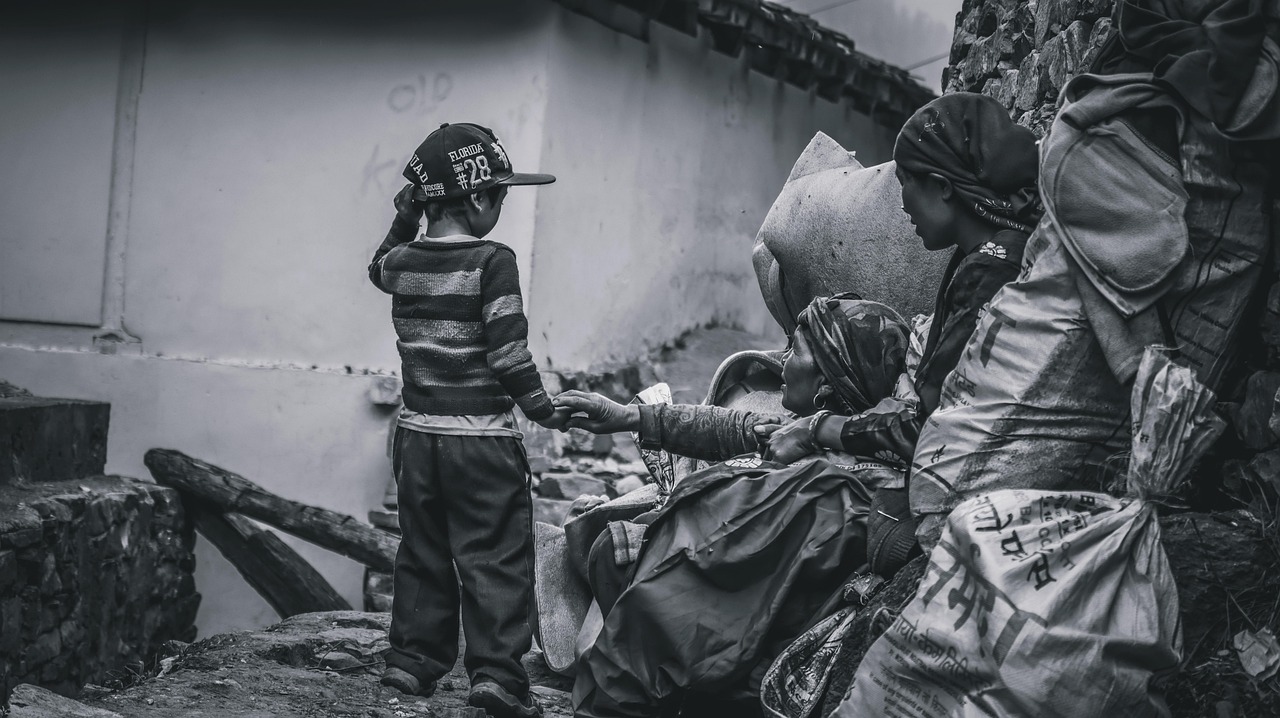Context
Following the 2012 political and security crisis in Mali, education access and quality deteriorated drastically, especially in the northern regions. Over 120,000 students were displaced, school infrastructure was destroyed or occupied, and teacher availability dropped sharply. The crisis resulted in a strong decline in the national-level primary education Gross Enrollment Rate (GER) (from 81.5 percent in 2010 to 69.3 percent in 2013) and the primary completion rate (from 58.3 percent to 47.7 percent in the same period). The crisis deepened pre-existing challenges: low learning outcomes, weak governance, poor infrastructure, gender disparities, and high dropout rates, particularly among girls and displaced children.
Solution
The $41.7 million project aimed to restore access and improve learning environments for affected students in targeted areas. The targeted areas were selected based on the number of displaced people, the number of community schools in underserved zones, and the GER, with implementation prioritized in seven southern and later three northern academies.
The project was structured around three components: (1) expanding access through classroom construction, rehabilitation, and school feeding programs managed by agencies and local committees; (2) enhancing teaching quality via teacher training in core subjects, psychosocial support, and remedial education, using a cascade model and NGO support; and (3) strengthening school and system governance through the training of School Management Committees and improved data monitoring via a new VPN-supported M&E system.
Impact
The project met or exceeded all targets, enrolling over 52,500 additional students, constructing 1,050 classrooms, and benefiting 168,434 children through school canteens. Remedial support reached 39,981 students, improving exam pass rates. Nearly 48% of the beneficiaries of remedial support were girls, supported by incentives and gender-sensitive infrastructure. 4,833 teachers received training, and 1,332 School Management Committees were set up and trained, significantly enhancing the system’s capacity to provide adequate pedagogical support and deliver quality and regular education services.
While classroom construction and teacher training offer sustainable benefits, continued funding is needed for school feeding and incentives. Though some infrastructure remained unequipped due to tax-related delays, the project built critical capacity and catalyzed future donor investments. Long-term impacts on learning and resilience will require sustained support, political stability and follow-up evaluation












